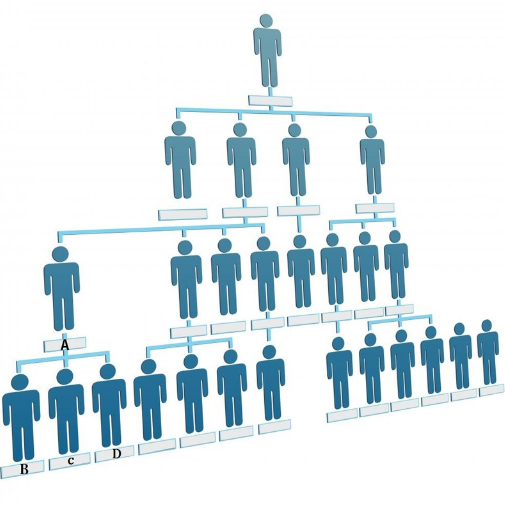Difference Between Horizontal And Vertical Communication
Organizational communication can take on a variety of forms. The most common categories of communication are diagonal, horizontal and vertical. Each of these types of communication has its own specific qualities, but at the same time, certain factors can overlap from one category to another. In this article, I discuss the two most common (Horizontal … Read more
